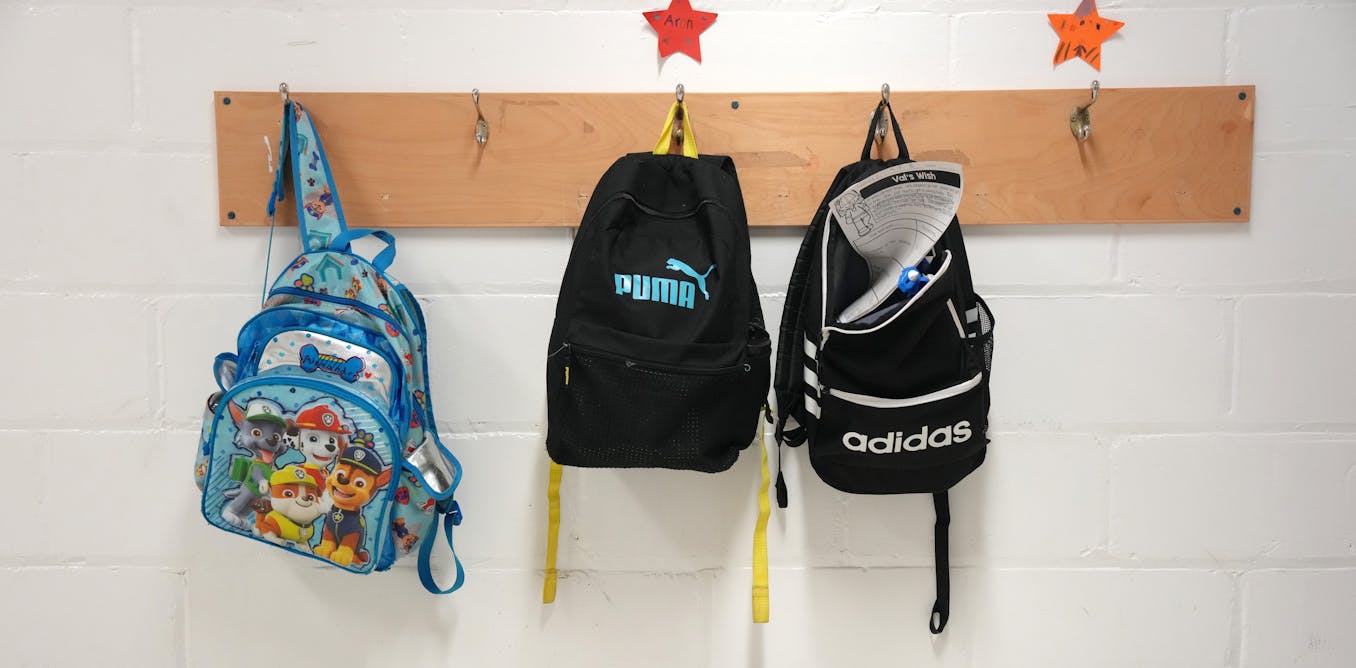Education
Inclusive Education for Autistic Students: An Urgent Call to Action

As the school year progresses, many autistic students in Canada face significant barriers to receiving a comprehensive education. Despite the rights guaranteed under the Canadian Charter of Rights and Freedoms and the United Nations Convention on the Rights of the Child, a recent study published in Autism Research reveals that numerous students are being excluded from meaningful educational experiences. This article examines the extent of exclusion, its impact on families, and the necessary steps to foster truly inclusive educational environments.
Exclusion experiences for autistic students vary widely. In some cases, it is overt, with students being denied attendance for certain periods. More commonly, exclusion is informal, manifesting as modified school hours, early dismissals, or restrictions from participating in extracurricular activities. A survey conducted among 412 primary caregivers of autistic children in Ontario indicated that 42.3 percent reported their children had faced some form of school exclusion.
The ramifications of exclusion are severe, affecting not only the students but also their families. Parents often have to adjust their work schedules, resulting in jeopardized employment and increased financial strain. Previous research has highlighted that many parents, particularly mothers of autistic children, struggle to maintain full-time jobs due to the need for constant availability during school hours.
Identifying Key Factors of Exclusion
The survey results identified crucial factors contributing to school exclusion. Higher rates of exclusion were associated with parental dissatisfaction regarding their child’s Individual Education Plan (IEP). This legally mandated document outlines necessary accommodations for students with disabilities. Open-ended responses revealed two significant predictors: bullying by peers, which increases isolation and anxiety among autistic students, and a lack of specialized training for school staff. Insufficient training leads to inadequate support for autistic students, hindering their ability to engage fully in school activities.
These findings resonate with international trends. Autistic students often face heightened risks of exclusion due to sensory overload and poorly equipped learning environments.
The misconception that merely placing autistic students in mainstream classrooms equates to inclusion is misleading. Advocates argue that genuine inclusion requires a profound transformation in attitudes, policies, and educational environments. Current issues include the inappropriate use of physical restraint, insufficient funding, and inadequate staffing, which undermine both the safety and educational experience of these students. Parents have expressed frustrations over ineffective IEPs and the lack of practical application of existing anti-bullying policies.
Necessary Changes for True Inclusion
To create genuinely inclusive schools, several critical actions must be taken. Schools should implement robust anti-bullying initiatives that promote acceptance and understanding of neurodiversity. In Ontario, the Ministry of Education mandates that all school boards establish bullying prevention and intervention policies. However, further research is essential to evaluate the effectiveness of these policies, particularly in relation to neurodivergent students.
Staff training must be comprehensive, mandatory, and ongoing, focusing on the specific needs and strengths of autistic and neurodivergent students. Research indicates that targeted professional development enhances teachers’ confidence and preparedness to support these students effectively.
Moreover, collaboration between families, educators, and autistic youth is vital in the IEP planning process. Schools must be held accountable for fulfilling IEP commitments. Classrooms need to be redesigned to be sensory-friendly and adaptable, offering predictable routines and spaces for self-regulation. Increased funding is also essential, as many education assistants currently support too many students without adequate replacements when they are absent. A stable workforce of skilled staff, with competitive compensation and specialized training, is crucial for transforming inclusion from an ideal into reality.
The latest estimates from the Public Health Agency of Canada suggest that one in 50 children aged one to 17 are diagnosed with autism. This statistic implies that nearly every classroom is likely to contain at least one autistic student. Ensuring these students receive meaningful educational experiences is crucial, not just for their benefit but also for enhancing the broader classroom culture and supporting families’ economic stability.
Unfortunately, many families opt to keep their autistic children at home or seek alternative programs due to a lack of suitable placements within public schools. The current educational system is failing many students, necessitating systematic improvements to support all children and their families in reaching their full potential. Listening to educators, parents, and autistic students will be essential in understanding their diverse needs and implementing the necessary resources for effective accommodations. Until significant changes are made, many children and youth will continue to face partial or total exclusion from a safe and meaningful educational experience.
-

 Politics4 weeks ago
Politics4 weeks agoSecwepemc First Nation Seeks Aboriginal Title Over Kamloops Area
-

 World5 months ago
World5 months agoScientists Unearth Ancient Antarctic Ice to Unlock Climate Secrets
-

 Entertainment5 months ago
Entertainment5 months agoTrump and McCormick to Announce $70 Billion Energy Investments
-

 Science5 months ago
Science5 months agoFour Astronauts Return to Earth After International Space Station Mission
-

 Lifestyle5 months ago
Lifestyle5 months agoTransLink Launches Food Truck Program to Boost Revenue in Vancouver
-

 Technology3 months ago
Technology3 months agoApple Notes Enhances Functionality with Markdown Support in macOS 26
-

 Lifestyle3 months ago
Lifestyle3 months agoManitoba’s Burger Champion Shines Again Amid Dining Innovations
-

 Top Stories2 months ago
Top Stories2 months agoUrgent Update: Fatal Crash on Highway 99 Claims Life of Pitt Meadows Man
-

 Politics4 months ago
Politics4 months agoUkrainian Tennis Star Elina Svitolina Faces Death Threats Online
-

 Sports5 months ago
Sports5 months agoSearch Underway for Missing Hunter Amid Hokkaido Bear Emergency
-

 Politics5 months ago
Politics5 months agoCarney Engages First Nations Leaders at Development Law Summit
-

 Technology5 months ago
Technology5 months agoFrosthaven Launches Early Access on July 31, 2025



















